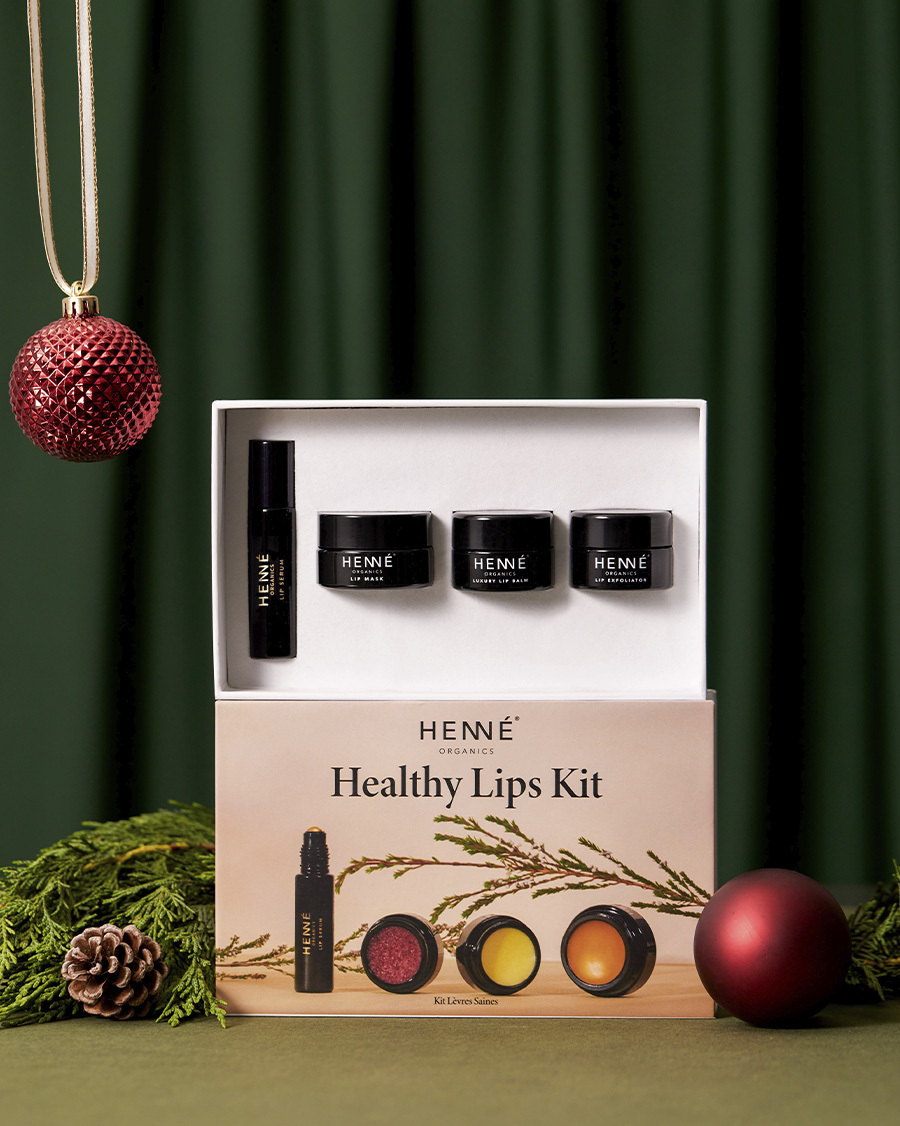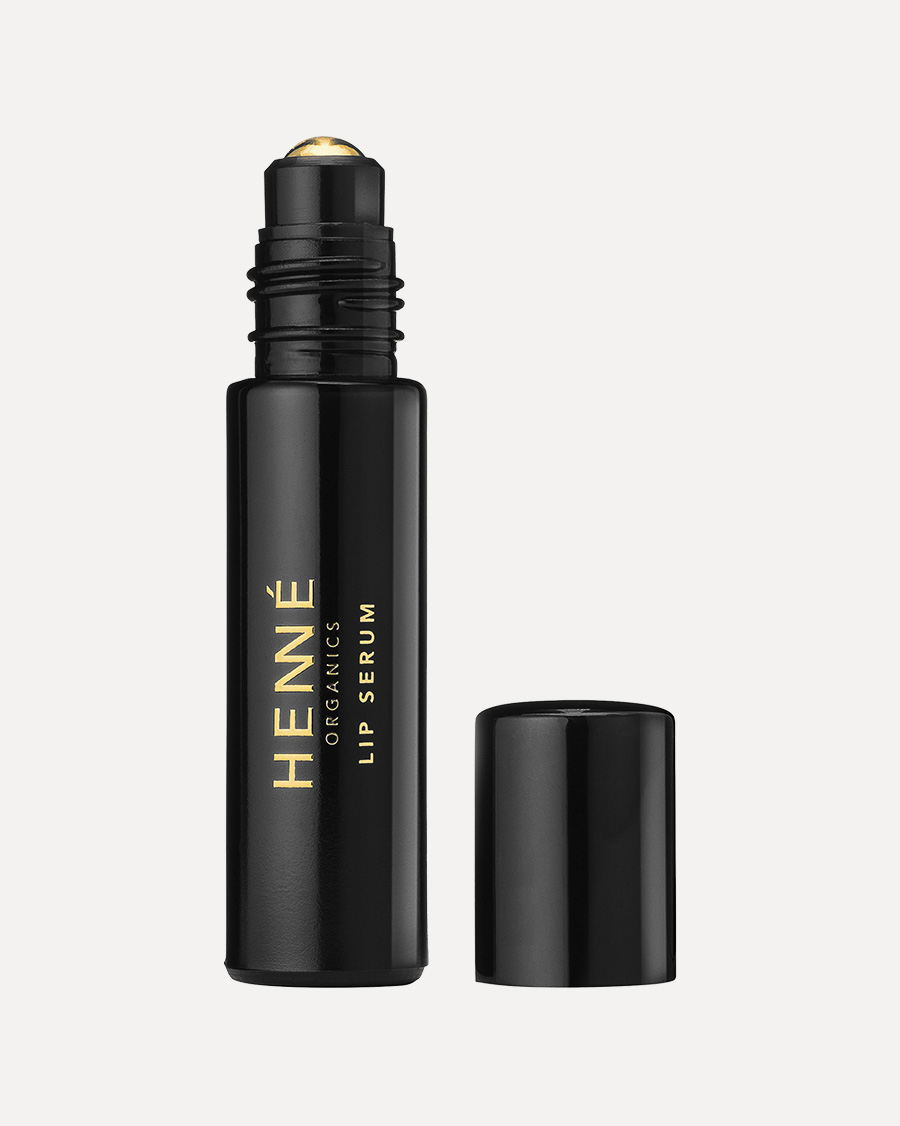From Cleopatra to You: Exploring the History of Lip Balm
Photo cred: Public Domain
Lip Balm. We can’t get enough of it. You’ll find it on shelves, makeup drawers, and at the bottom of bags worldwide. It’s our balmy savior when lips threaten to crack and cures all dryness woes. But we’re likely preaching to the choir here. Everyone knows (and loves) what a good lip balm does, but not everyone is aware of the long, rich, and fascinating story behind this modern-day handbag must-have.
From Cleopatra’s hand to yours, this lip care staple has come a long way and taken on many shapes and forms while even weaving its way into some scandal. It has also made the dizzying leap from $0 to $784.2 Million in value (as of 2021) – this is big business. In fact, 81 percent of women and 39 percent of men use lipstick or lip balm products. So, we won’t leave any stone unturned as we get to the bottom of lip balm's odyssey, looking to get to know this relatively mysterious product on a much more intimate level.
In the Beginning
We start our journey in the sun-soaked and sandy terrain of ancient Egypt. The date is 40 B.C., and makeup prototypes are really hitting it big. Of course the star of the show at the time – both politically and fashion-wise – was the famously beauty conscious Cleopatra. The queen herself and many in her kingdom used red ochre, a type of clay colored red by iron oxide, to darken their pouts. We can only imagine this crumby formula left their lips gasping for moisture upon removal, meaning that a hydrating solution was in high demand.The miracle working answer came in the shape of a blend of beeswax and other natural ingredients, such as animal fat and olive oil.
And Then Things Went Quiet, Until...
From here, the story of lip balm fell surprisingly flat until the start of the 19th century, when it experienced a somewhat unusual revival that’s worthy of being added to our previous blog post about bizarre beauty trends from the past. The faint-hearted and stomached among you may want to skip what’s next:Famous novelist and journalist Lydia Maria Child recommended the use of earwax as a treatment for cracked lips in her highly-popular book The American Frugal Housewife. She acknowledged that her readers might laugh at the idea but insisted on its effectiveness. No word on how common this method was, but we hope it died out.
A Breakthrough
Fortunately and perhaps noticing the dire state of lip care affairs, a physician by the name of Charles Brown Fleet swooped in to save the day from his base in Lynchburg, Virginia. With him, he carried the first official lip balm. In terms of appearance, it looked like a wickless candle and was wrapped in tin foil. And while he baptized the brand as ChapStick, it certainly didn’t sell like ChapStick. Failing to see any growth, Fleet sold his recipe to fellow Lynchburg resident John Morton in 1912 for a small five dollars.Rise to Fame
Working out of his kitchen alongside the help of his wife, John Morton started producing his own version of ChapStick, which was appealingly pink in color. Morton also made the wise choice of commissioning Frank Wright, Jr. to create a design for the logo of ChapStick for $15 in 1936. The resulting image still remains largely unchanged to this day. As we all know, the business took off and soon became a multimillion dollar brand.In fact, it became so widespread and normalized to carry around ChapStick by 1972 that the tubes were used to conceal microphones during the Watergate scandal.
By then, the brand had been acquired by the A. H. Robbins Company (1963.) Their takeover marked the start of ChapStick's product line expansion, featuring many new flavors and colors:
1971: Four ChapStick Lip Balm flavored sticks were added.
1981: ChapStick Sunblock 15 was added.
1985: ChapStick Petroleum was added.
Today, the Wyeth Corporation lays claim to the ChapStick brand as part of the Wyeth Consumer Healthcare division.
But wait, ChapStick doesn’t have a monopoly on lip balm, right?
If we travel back to 1937 for a moment - Milwaukee to be precise - we can peek Alfred Woelbing masterminding Carmex to treat cold sores.
Jumping forward to 1991, we could even catch a glimpse of Burt Shavitz and Roxanne Quimby creating a beeswax-based lip balm solution through their company, Burt's Bees.
Moving toward our more modern days, we see Evolution of Smooth (commonly known as EOS) creating a spherical-shaped lip balm with mostly organic ingredients.
But What About Petroleum Jelly?
It’s true; some people forgo lip balm for plain ol’ Vaseline, otherwise known as petroleum jelly, which is derived from petroleum (yes, that's crude oil). Vaseline hit the scene a little earlier than lip balm in 1859. We have chemist, Robert Chesebrough, to thank for this, though we do question his initial name choice of "Wonder Jelly" for his invention. Tellingly, the product didn’t kick off until the name was changed. These days petroleum jelly can still be found in the vast majority of most conventional lip balm brands out there (ChapStick, Blistex, Aquaphor and Vaseline to name a few).
Unfortunately the popularity of an ingredient or product doesn’t always mean that it’s good for you. Petroleum jelly is essentially a temporary band-aid for dry lips, as it locks in existing moisture but doesn’t actually contain any moisturizing properties. It also traps whatever is underneath such as bacteria and fungi. This can lead to redness, irritation and sometimes even infections. Yikes.
Some producers also find a way to pack in even more worrisome additives. Think along the lines of unnatural fragrances, flavorings, and dyes. These extras can make lip balm’s soothing and hydrating qualities and reduce them to “drying,” which catches you in the “apply and reapply again and again” cycle that we all know and dislike.



